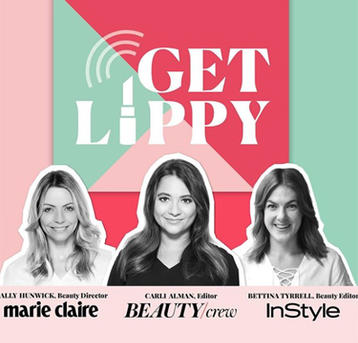Earlier this week, industry website, Fashionista, posted a long form article titled: 'Is it still possible to become a mega-influencer anymore?'
Written by Alexandra Ilyashov, the article actually goes into a lot more than the title suggests and covers multiple topics related to influencer marketing. She quotes some of the industry's most well-respected names too – Man Repeller's Leandra Medine and Style Coalition founder Yuli Ziv to name a few.
From the follower "sweet spot", to the most lucrative categories, here are some of the most important takeaways for those wanting to learn more about the current state of play.
Yes, the industry is saturated. But there's a place for everyone.
In her article, Ilyashov immediately tackles a question on everyone's lips in 2019 – are there too many influencers? The short answer to that is no. Why? Because people like to follow those who are relatable, explains Ziv, and that means different things to different people and therefore different brands.
The tier of influencer (micro, mid, macro/mega) will appeal to different companies based on what their objective is at any given point. This means there is essentially enough work to go around, and if the influencer is trustworthy and authentic, they should be able to grow.
"There's no shortage of influencers to follow, and yet they're all growing, and there's room for new people," author and influencer Brittany Hennessy told Fashionista. "When they've moved to a higher level, it makes room for the people below them; the bottom rung is now open for new people to get onto the ladder. It's a very full ladder, but it's constantly moving."
Ziv backs up this point by reasoning that authentic content will always have a chance to succeed regardless of follower count. "As the influencer space grows, there is even more appetite for emerging talent that brings a fresh point of view and original content," she says.
Beauty + YouTube = $
Hennessy tells Fashionista there is one combination she believes will bring in the most fruitful contracts. Here's what she had to say.
"Doing beauty and being on YouTube will always be the most lucrative; it's where the money is, and all of the contracts I've done with the most jaw-dropping numbers are always on YouTube," she admits. "It's more work to produce a YouTube video than it is to take an Instagram photo, and just the level of work that goes into it commands a higher price point.
"You don't get that kind of immersion on Instagram, where it's a photo. You like it, maybe comment on it, then move on."
She refers specifically to video partnerships with a single brand or retailer. Having an audience immersed for 10 minutes, watching makeup being applied using products from one destination or brand, is incredibly impactful, she says.
Should 'mega-influencer' be the ultimate goal?
Ilyashov's article concludes by looking at what lies ahead for influencers. After speaking to multiple sources she believes that there isn't a place for everyone to become a mega-influencer, but perhaps that's ok?
There's value in being established but not overly famous, with a following that's loyal and not unwieldy, she advises influencers who are aiming to make it big.
This is supported by Refinery29 former market editor Alyssa Coscarelli who tells Fashionista: "Something I've talked to a lot of my fellow Instagram bloggers and friends about it that we don't even want to get too big; there's something nice about this 100k to 200k level of influencing," she says. "You're not a celebrity, and you're not held to crazy standards, and you also are accessible and affordable for the brands who want to work with you."
This mid-tier influencer appeal happened fairly recently according to the article, with brands recognising the 100k to 200k following sweet spot as trustworthy handles.
To read the full article on Fashionista, click here.
Image: @mrsbrittanyhennessy




